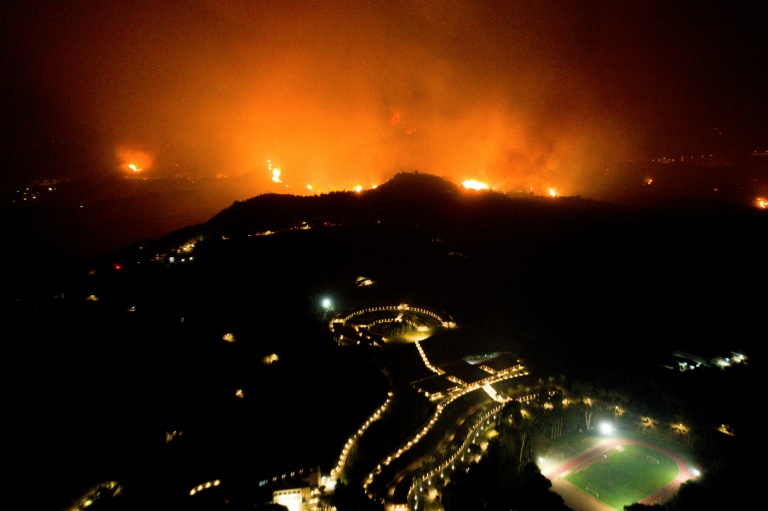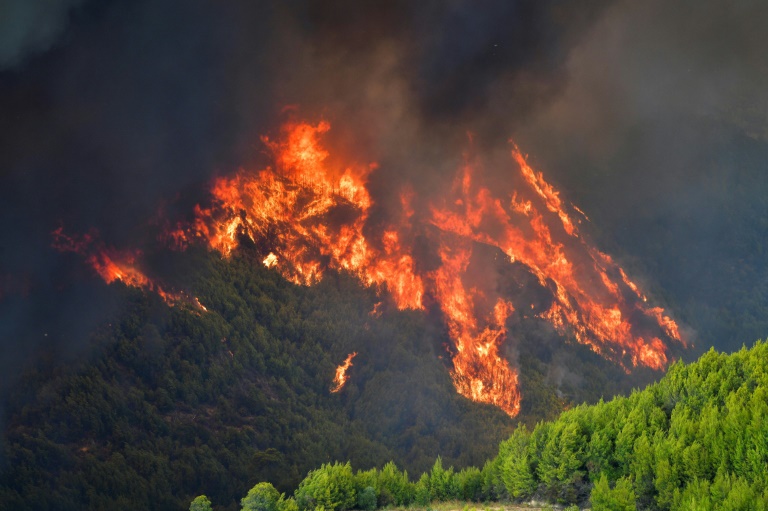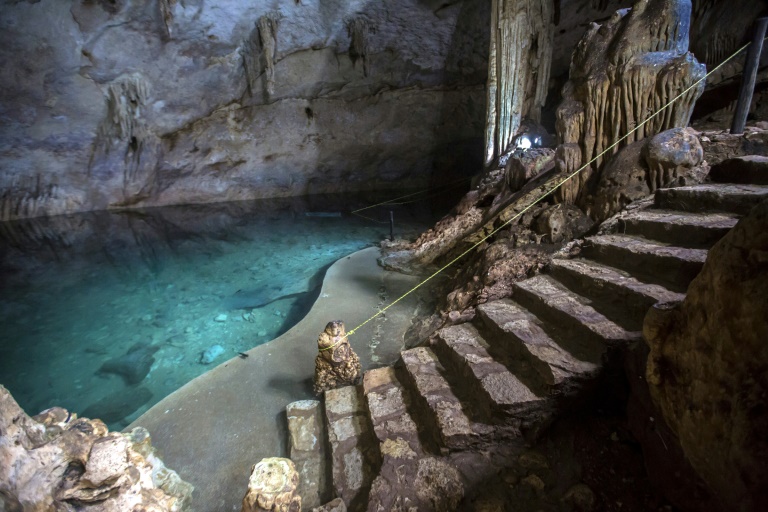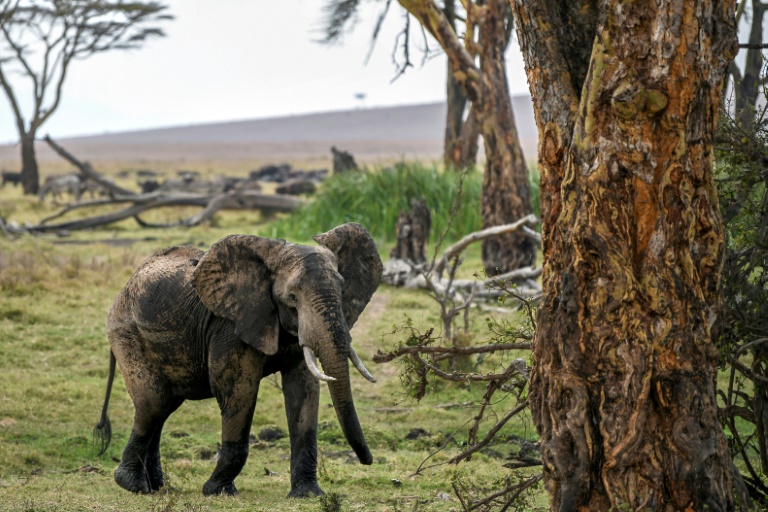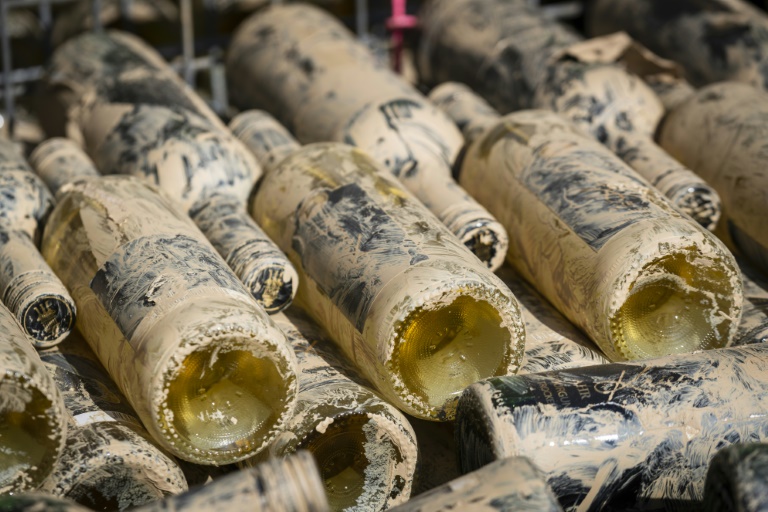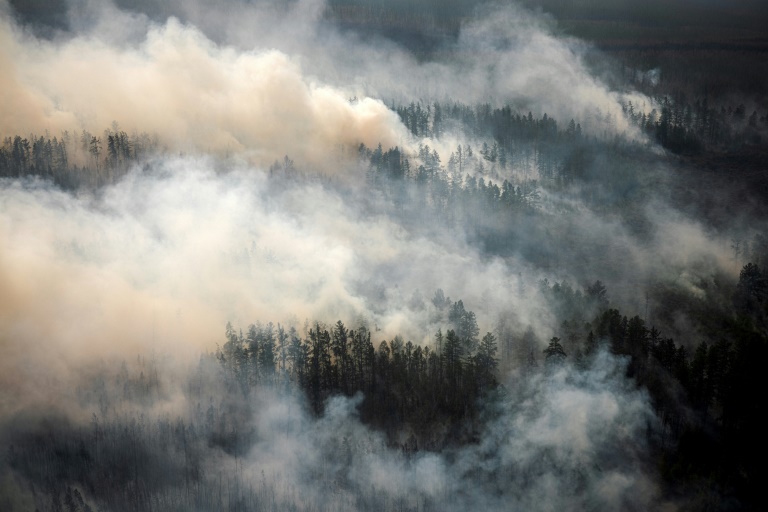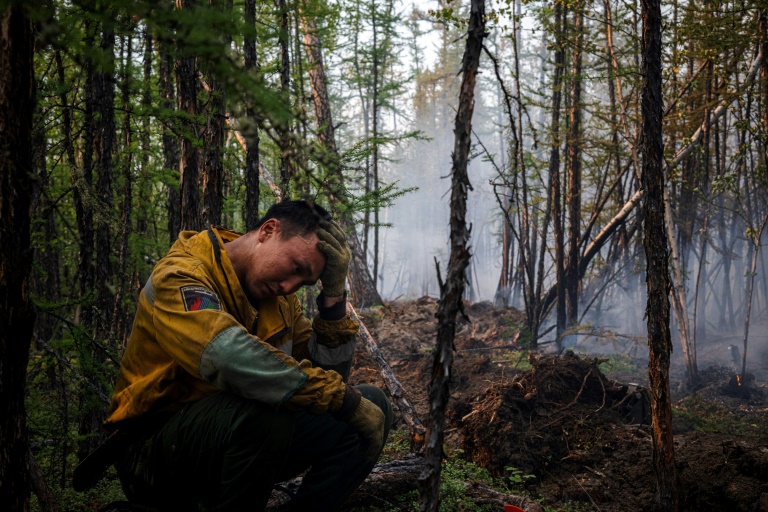Turkey and Greece reel from raging wildfires during heatwave
Turkish coastguards evacuated hundreds of villagers from a burning power plant on Thursday and Greek firefighters battled a major blaze near the ancient Olympic site as a record heatwave wrecked havoc across Europe’s southeast.
The two regional rivals have been united this week in their fight against disasters that officials and experts link to increasingly frequent and intense weather events caused by climate change.
Eight people have died and dozens have been hospitalised across the southern coasts of Turkey since the wildfires erupted last week.
The blazes in Greece this week briefly cut off the main road leading to Athens and saw worrying fires break out in Olympia — the birthplace of the Olympic Games that is usually crowded with tourists — and on the island of Evia.
Greece deployed large forces near Olympia to protect archeological sites where the first Olympic Games were held in antiquity.
“We’re waging a battle of the titans!” Greek deputy minister for civil protection Nikos Hardalias said.
But perhaps the biggest shock came when winds whipped up a flash fire that subsumed the grounds of an Aegean coast power plant in Turkey storing thousands of tonnes of coal.
– ‘Where could we go?’ –
An AFP team saw firefighters and police fleeing the 35-year-old Kemerkoy plant in the Aegean province of Mugla as bright balls of orange flames tore through the surrounding hills.
Hundreds of villagers — many clutching small bags of belongings grabbed from their abandoned houses as the evacuation call sounded — piled onto coastguard speedboats at the nearby port of Oren.
The regional authority said “all explosive chemicals” and other hazardous material had been removed from the strategic site.
“But there’s a risk that the fire could spread to the thousands of tonnes of coal inside,” regional mayor Osman Gurun told reporters.
A few older villagers in Oren refused to leave the disaster-hit region even while thousands of others were shuttled out by car or boats racing along the Aegean Sea.
“Where do you want us to go at our age?” asked 79-year-old Hulusi Kinic.
“We live here. This is our home. Our last solution was to throw ourselves in the sea (if there was an explosion), but thank God that did not happen.”
Turkish President Recep Tayyip Erdogan’s office said an initial inspection showed the overnight blazes left “no serious damage to the main units in the plant”.
– ‘Asking for reinforcements’ –
More than 100 blazes were still burning in Greece and 180 have ignited in Turkey since July 28 — more than a dozen of them still active on Wednesday night.
The EU’s Copernicus Climate Change Service said July was the second-hottest on record in Europe.
Greece’s Hardalias said earlier this week that the ferocity of the fires ravaging the region meant that “we are no longer talking about climate change but a climate threat”.
The unfolding disasters saw the leaders of both countries come under pressure from local officials for what they felt was an insufficiently resolute response.
“We are asking the authorities to reinforce the air and land forces to so as not to risk human lives,” Limni mayor Giorgos Tsapourniotis told Greece’s ANA news agency.
The Turkish mayor of the town of Milas spent days waging a social media campaign trying to get officials to send firefighting planes that could douse the flames before they engulfed the power plant.
– Erdogan on the defensive –
Erdogan has come under especially withering criticism for being slow or unwilling to accept some offers of foreign assistance after revealing that Turkey had no functioning firefighting planes.
The crisis has posed an unexpected challenge to the powerful Turkish leader two years before he faces an election that could extend his rule into a third decade.
Erdogan tried to mount a political counterattack in a television interview Wednesday that began just as news broke that the fire had reached the Aegean power plant.
“When fires break out in America or Russia, (the opposition) stands by the government, We don’t have this,” Erdogan said.
The prosecutors’ office in Ankara said Thursday it has launched an investigation into social media posts about the fire that were “trying to create anxiety, fear and panic in the public, and to humiliate the Turkish government”.

